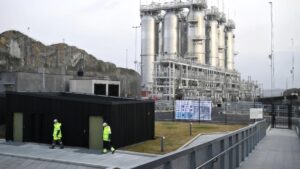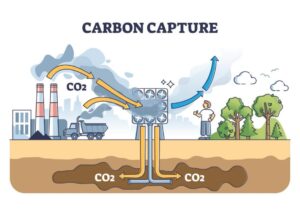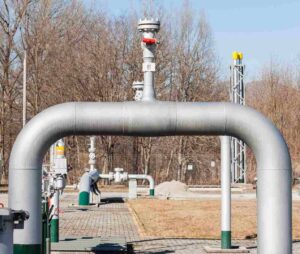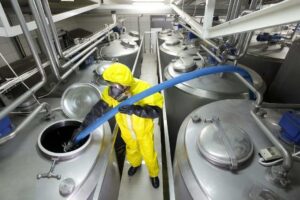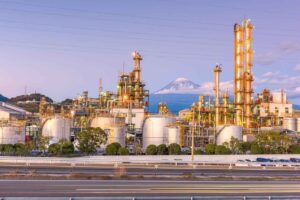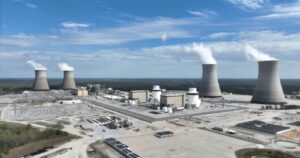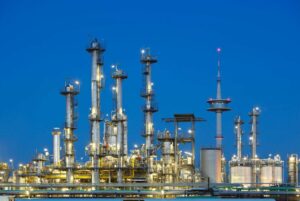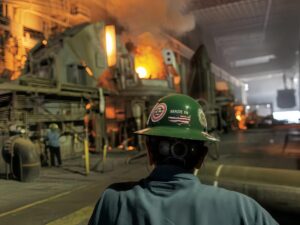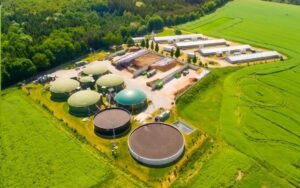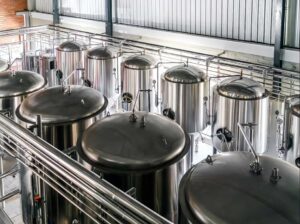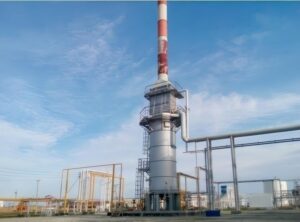When traditional gas flowmeters fail in high-temperature or complex gas conditions, precision becomes a costly challenge—LEUF-200 Ultrasonic Flow Meter changes that.
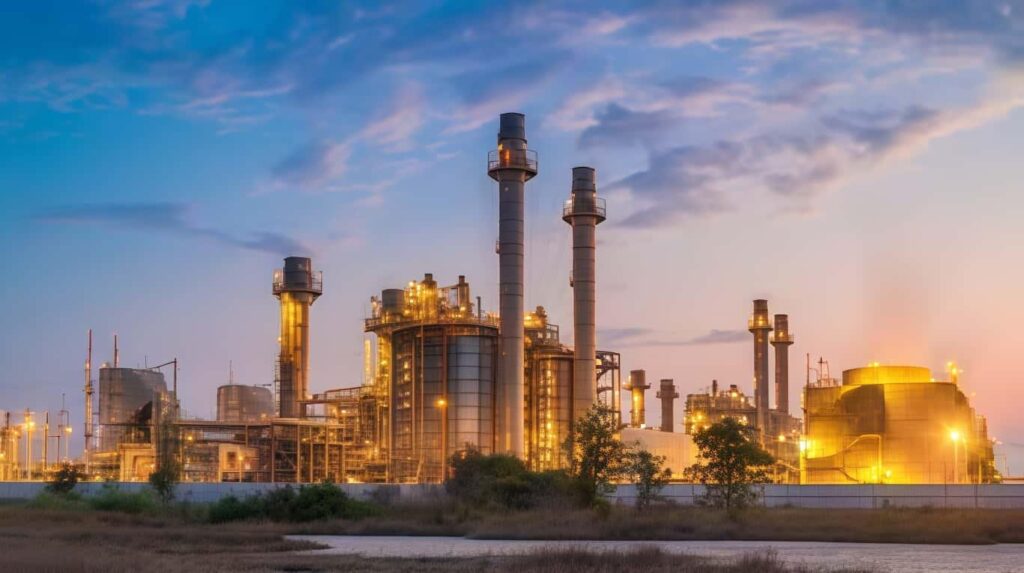
Many flowmeters promise accuracy—but can they deliver under heat, interference, and mixed gas conditions? Let’s explore how LEUF-200 sets a new standard in gas flow measurement.
How Does Ultrasonic Flow Meter Ensure High-Accuracy Gas Flow Measurement?
In industrial environments, fluctuating gas conditions and signal interference often cause inaccurate flow measurements.
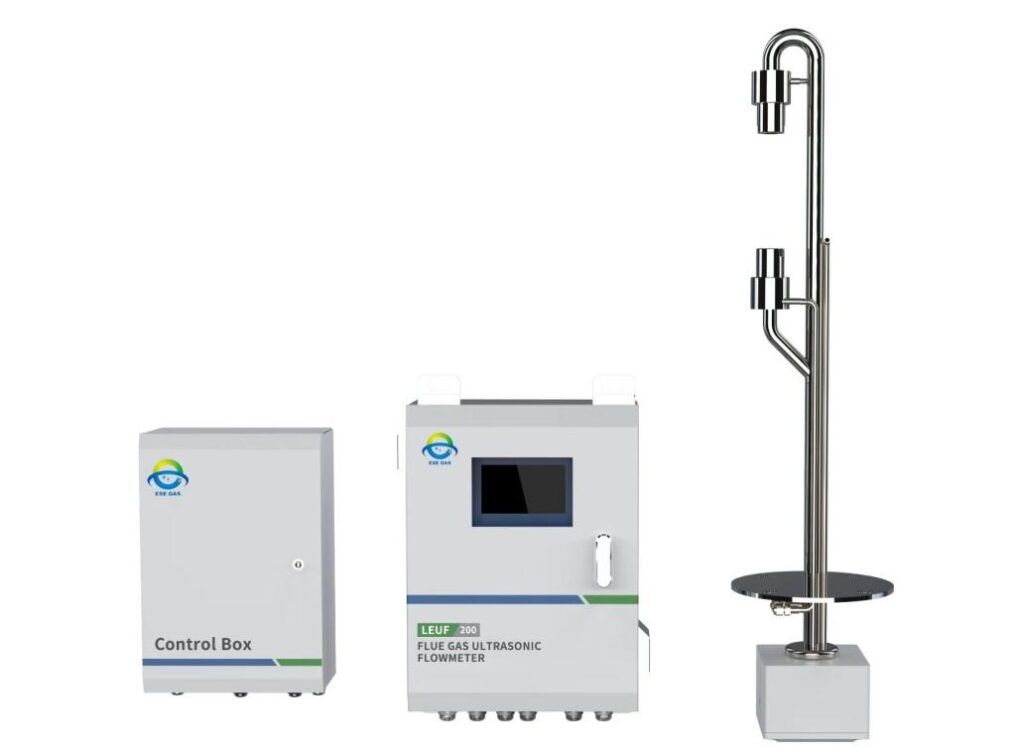
The LEUF-200 achieves superior accuracy by using a dual-end through-duct measurement configuration. Unlike single-point sensors that sample only a portion of the gas stream, LEUF-200 emits ultrasonic signals across the full diameter of the duct. This approach captures the true average flow velocity, thereby eliminating profile distortion errors that are common in turbulent or non-uniform flows.
In addition, the system continuously monitors gas temperature, pressure, and composition. These parameters directly affect the speed of sound in gas and can lead to significant measurement drift if uncorrected. LEUF-200 integrates these variables into its algorithm, applying real-time signal compensation to maintain precision.
Its high-accuracy integrated circuits further enhance signal processing stability, reducing noise and time-delay errors. The result is a flow measurement system with exceptional repeatability and reliability, even in high-temperature or chemically aggressive gas flows.
This precision makes LEUF-200 ideal for compliance monitoring, emissions reporting, and process control in sectors where every cubic meter of gas counts.

Explanation
- Sensor A and Sensor B are placed on opposite sides of the duct wall, forming a diagonal across the full diameter of the gas flow.
- Ultrasonic pulses are sent in both directions:
- With the flow → faster travel time (t2)
- Against the flow → slower travel time (t1)
- The system measures the difference in transit time (Δt = t1 – t2), which is directly proportional to the gas flow velocity.
- This dual-path, full-diameter setup ensures the measurement reflects the true average velocity of the entire cross-section, rather than just a point sample.
How Does The System Maintain Stability In Harsh Environments?
High temperatures, fluctuating pressures, and electromagnetic interference often cause flowmeters to fail or drift, leading to unreliable data and costly maintenance.
LEUF-200 is engineered with robust materials, thermal resilience, and intelligent diagnostics to perform consistently in extreme industrial conditions.
The LEUF-200 ultrasonic gas flow system is designed for environments where traditional sensors degrade quickly. It uses high-grade materials and encapsulation techniques to resist corrosion and withstand high operating temperatures—up to 300°C for its single-end integrated sensor model and 260°C for the dual-end version.
To combat signal disruption from electromagnetic noise or fluctuating gas composition, the system employs interference-resistant ultrasonic technology. Its internal circuits are shielded and digitally integrated, enabling consistent signal processing and minimal drift.
What truly sets LEUF-200 apart is its smart calibration and diagnostic functionality. It can perform remote zero-point and span adjustments, or trigger automatic self-checks on analog circuits. These functions ensure the system maintains calibration over time without requiring frequent manual intervention.
In demanding setups like flue gas ducts, chemical exhausts, or incinerator stacks, LEUF-200 delivers stable, accurate readings—making it a trusted tool for continuous emissions monitoring and process control.
Is Ultrasonic Flow Meter Suitable For Different Types Of Gas Pipelines?
Problem: Many flowmeters are restricted to specific pipeline designs, gas types, or clean-flow conditions—limiting their application range and increasing costs for plant operators.
Solution: LEUF-200 is a versatile system designed to adapt across gas types, pipeline configurations, and operating conditions.
LEUF-200 is engineered for maximum flexibility in industrial gas flow measurement. It supports both closed pipelines and open channel gas flows, making it ideal for everything from sealed process lines to chimney or duct gas emissions. Whether dealing with pressurized systems or atmospheric vent stacks, the device maintains accuracy and consistency.
In terms of gas composition, LEUF-200 is capable of handling a wide range of gases—including pure gases, raw gas mixtures, combustion exhaust, and chemical byproducts. Its ultrasonic measurement method is non-intrusive, meaning it does not interfere with or get contaminated by the gas, making it suitable even for corrosive or particle-laden flows.
Additionally, the system accommodates varied pipe materials and sizes, as its through-duct ultrasonic sensors are mountable on both metallic and non-metallic surfaces. This gives engineers the flexibility to deploy LEUF-200 in power plants, petrochemical sites, waste treatment facilities, and general manufacturing with minimal customization.
With this adaptability, LEUF-200 significantly reduces the need for multiple device types, offering a unified solution for multi-source gas monitoring.
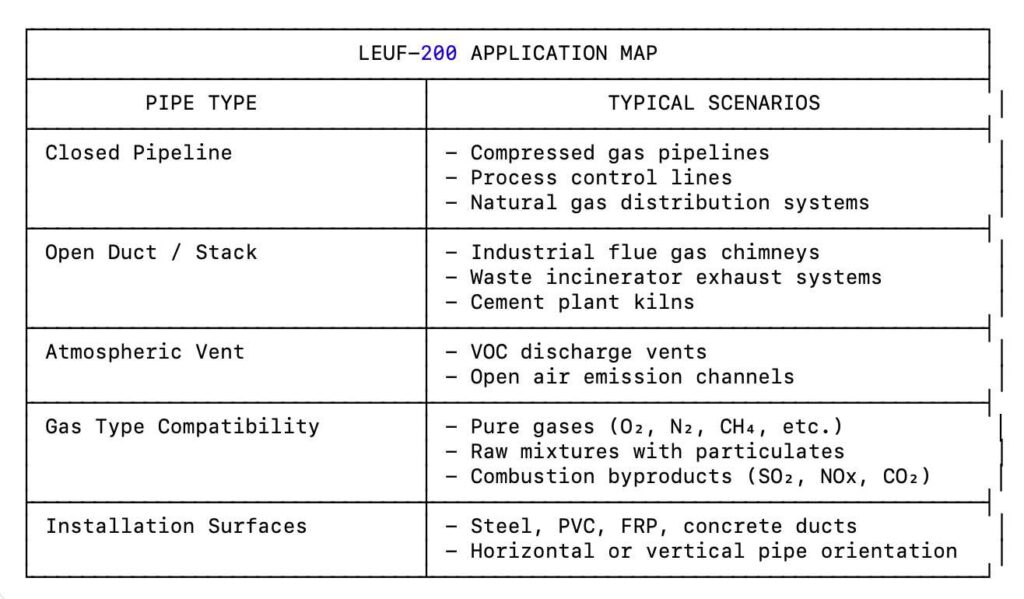
Does Ultrasonic Flow Meter Offer Advantages In Installation And Maintenance?
Problem: Traditional gas flowmeters often require invasive installation, regular recalibration, and significant manual maintenance, causing downtime and increased operational costs.
Solution: LEUF-200 features a modular, low-maintenance design with simple installation, remote diagnostics, and minimal consumable use.
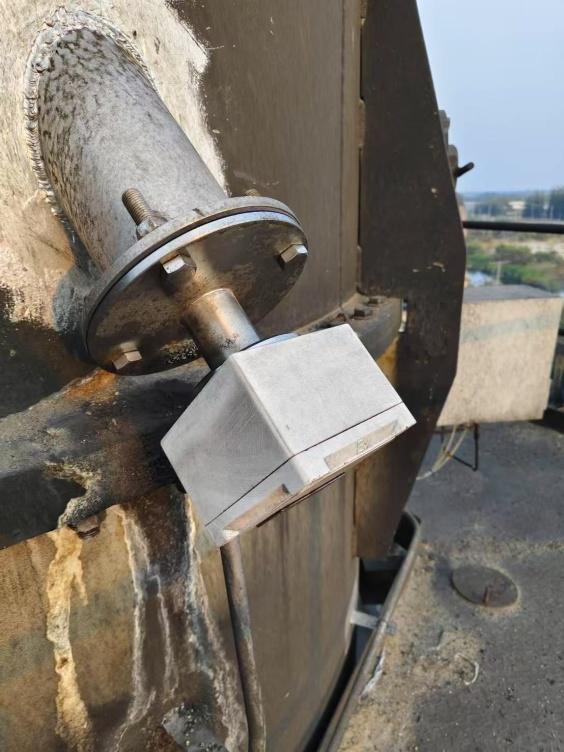
LEUF-200 is built with practicality in mind. Its core components—a pair of ultrasonic sensors and one controller—are designed for non-intrusive, external installation. This means no pipe cutting, no flow interruption, and no structural modification are required, significantly reducing installation time and safety risks.
The system supports both analog and digital communication interfaces (e.g., 4–20mA, RS485), ensuring easy integration into existing plant control networks. Optional modules also allow for signal expansion and internal data logging, which helps operators adapt to site-specific monitoring needs without replacing hardware.
In terms of maintenance, LEUF-200 uses high-durability components and consumes no moving parts or carrier gases. Calibration can be handled remotely, and built-in self-check features ensure early detection of anomalies, minimizing unexpected failures. These features translate to fewer technician visits and a lower total cost of ownership.
In industries where uptime is critical—such as chemical processing, energy, and waste treatment—LEUF-200 offers a dependable, low-effort solution for long-term gas flow monitoring.
Conclusion
LEUF-200 offers a robust, accurate, and low-maintenance solution for gas flow measurement—designed to perform where other systems fall short.
If you have any questions, please get in touch with us!




